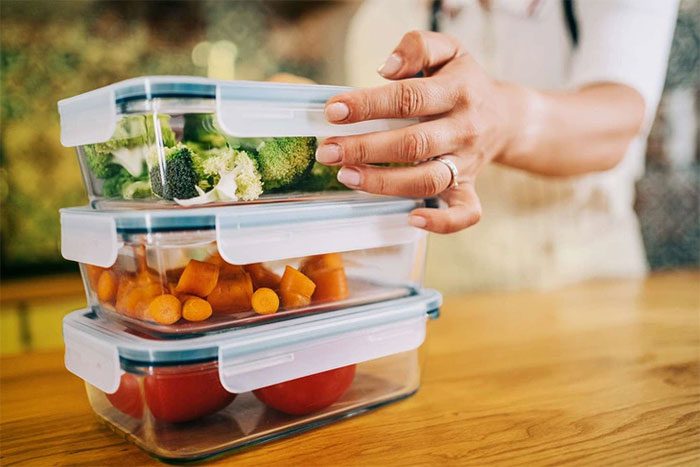Consumer Reports, the American magazine, recently tested various types of food to identify harmful chemicals present in plastic containers.
“It’s surprising because people think of plastic as an inert material, that it is insulated from anything placed inside it. However, on a chemical level, some chemicals that make up plastics can leach into food,” said Lauren F. Friedman, the health deputy editor of Consumer Reports.

Food Plastic Container – (Photo: EATING WELL).
Consumer Reports examined two commonly used chemicals in plastics: phthalates and bisphenol. They found that both phthalates and bisphenol were present in nearly all food samples they tested.
Among these, fast food had the highest concentration of these chemicals.
These chemicals are known to cause hormonal (endocrine) disruption. Essentially, hormones affect cells in many different parts of the human body over an extended period.
What can be done to limit exposure to these chemicals? According to Friedman, the first step is to avoid using plastic containers in the kitchen, especially for hot food. Additionally, they should not be put in microwaves or dishwashers.
Instead, use steel or glass water bottles rather than plastic. For kitchen utensils, switch to wood or silicone. Consume more fresh foods with minimal processing…
|
Carcinogens Found in Many Household Items The U.S. Food and Drug Administration (FDA) states that carcinogenic agents do not only come from food but also arise from pollution, unhealthy habits, and especially household items. Early detection can help effectively prevent and control cancer. According to FDA experts, there are four extremely dangerous carcinogens lurking in household goods, particularly prevalent in women’s cosmetics: Phthalates, BPA (bisphenol A), PFAS (permanent chemicals), and Parabens. |



















































